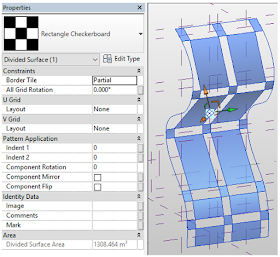"Don't eat me. I have a wife and kids. Eat them." - Homer Simpson
I sourced a few of literally thousands of Homer Simpson images from the internet, and got to work recreating his bust in Revit. Remember, best practice states that when we create a family in Revit, we draw the framework first, then add the geometry.
"It's not easy to juggle a pregnant wife and a troubled child, but somehow I managed to squeeze in 8 hours of TV a day." - Homer Simpson
I thought adding the geometry would be a tad more difficult, but I managed to achieve an acceptable result using only Revolves, Extrusions and Sweeps.
"Marge, can we go home? All this fresh air is making my hair move and I don't know how long I can complain." - Homer Simpson
A few materials were created and applied to the existing geometry. You might have noticed that Homer's nose is either broken, or I messed up my modelling. It was the latter (Very late night). I quickly fixed his nose this morning by replacing the extrusion with a sweep, as per the render to the top of this post.
You might also ask yourself: "Why did Herman not fix the previous images?". The short answer is: I am way too lazy.
"All right, brain. You don't like me and I don't like you, but let's just do this and I can get back to killing you with beer." - Homer Simpson
Note: If you want to really see something impressive, head over to Kelvin Tam from REVIT SWAT's website, where he created Iron Man in Revit - Bloody impressive!
























